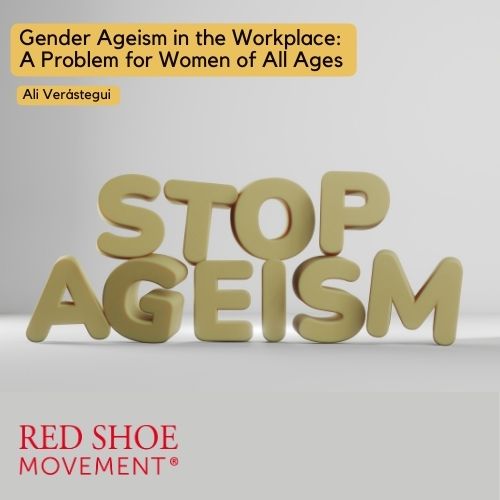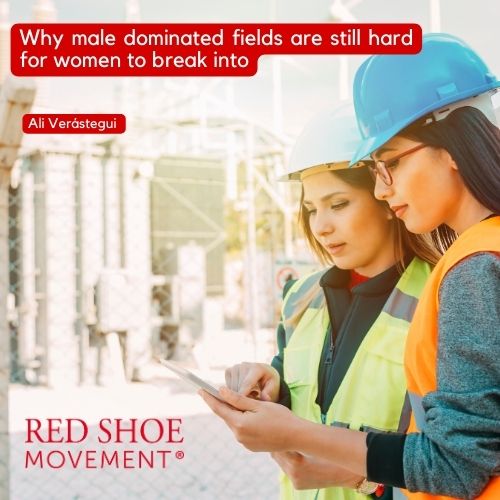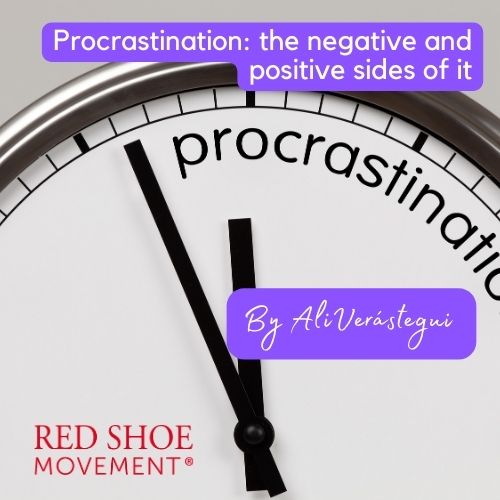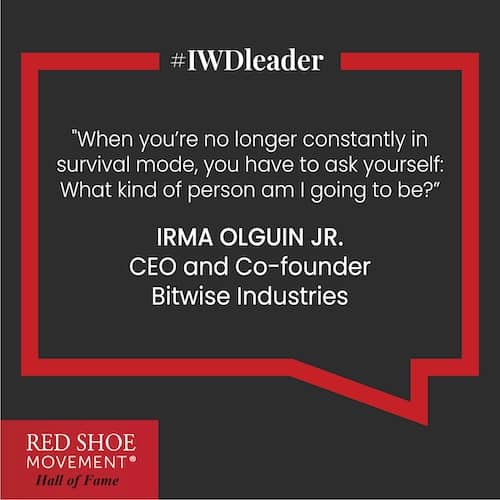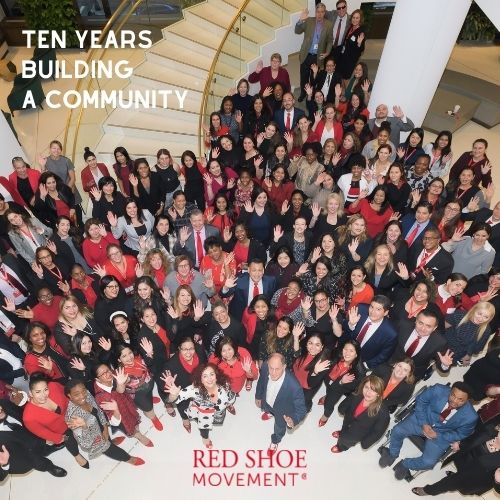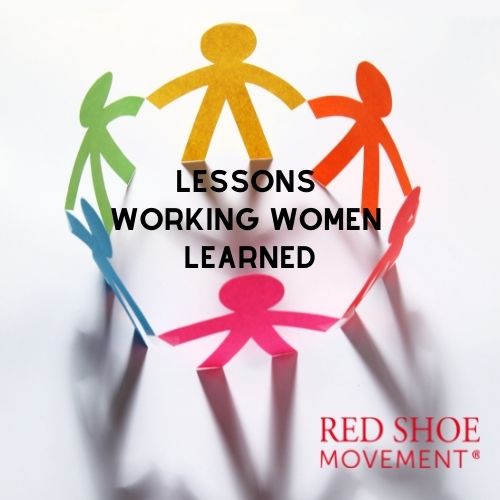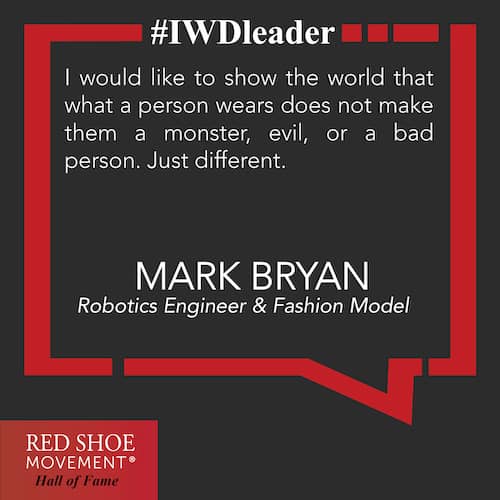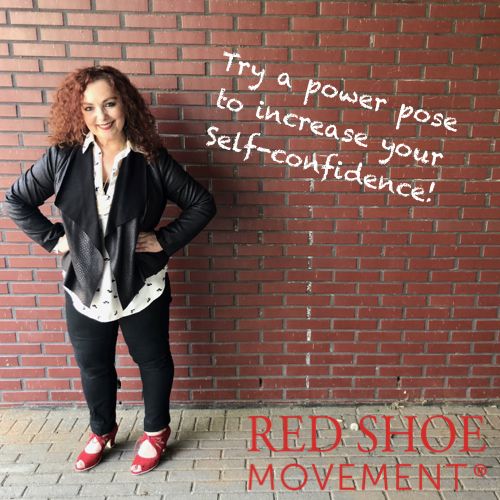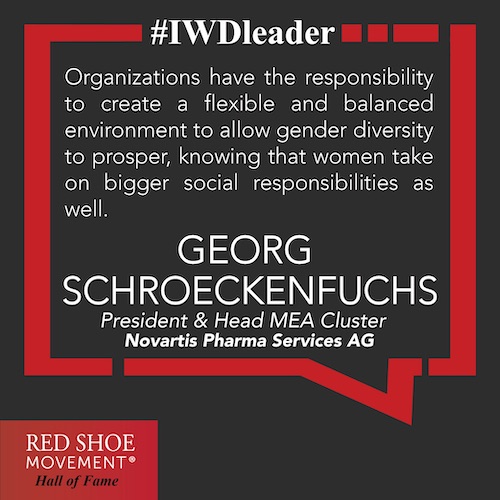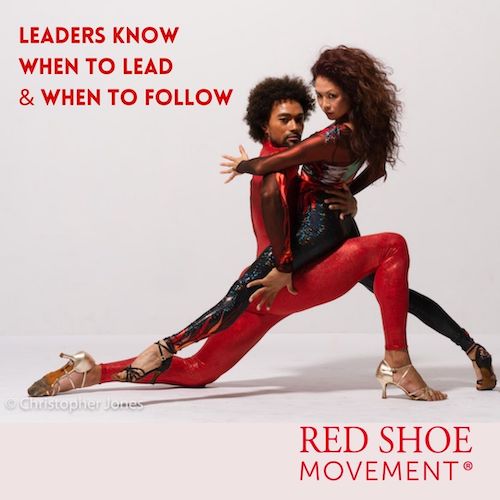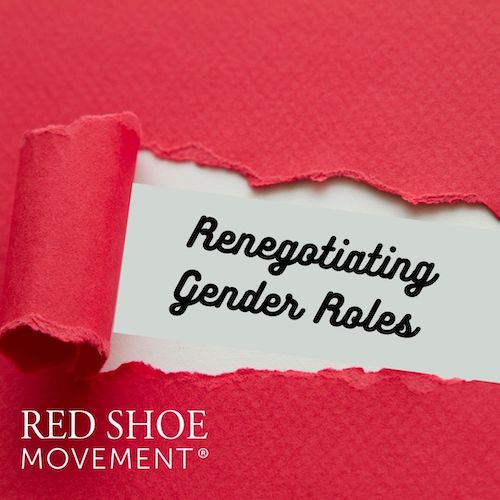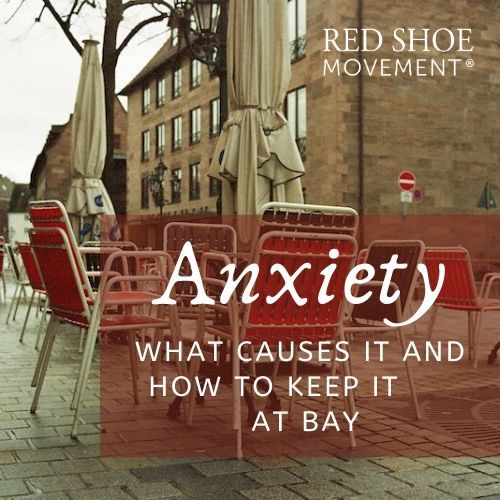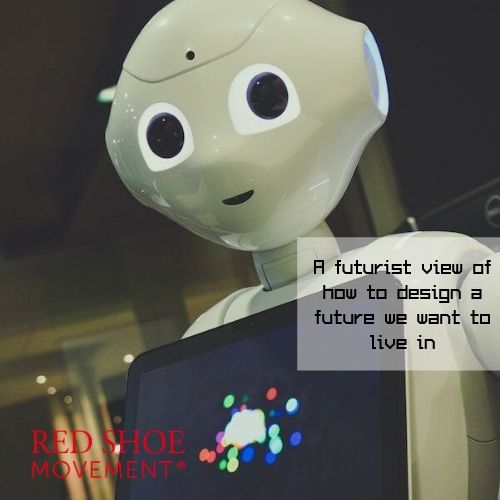Brutal honesty has traditionally been seen as a positive approach for leaders. Enter the velvet hammer leadership approach: A completely different way to lead an organization.
A sledgehammer leadership to run a tight ship is a violently straightforward approach that has little consideration for how employees might be affected by that aggressive straightforwardness. So, if you think about it, it’s not that difficult to see the appeal of a velvet hammer leadership and understand why it works.
A sledgehammer leader will make a point to get their message across despite who is on the receiving end. Or even their perspective on the matter. A velvet hammer leadership takes a different approach: honest and firm, yes, but also aware of the kind of management that will help employees feel considered. I communicates empathically.

Velvet Hammer Leadership: What Is It?
So, what is velvet hammer leadership and why does it work?
A velvet hammer leadership requires those at the top to know and talk to the people they lead. It’s straightforward and firm but encourages leadership that considers all perspectives, listens to what the team has to say, knows how to communicate feedback constructively and clearly, and considers the importance of building a sense of community and camaraderie within a company.
The term was coined by Joy Baldridge, author of The Joy in Business: Innovative Ideas to Find Positivity (and Profit) In Your Daily Work Life. In her book, Baldrige talks about the importance of knowing how to deliver criticism and reminds her readers that our words have an effect on people, and that once something has been said, it can’t be unsaid or taken back.
“When you communicate something to somebody, it’s irreversible and irretrievable,” Baldridge says, acknowledging that these conversations can be uncomfortable and complicated for all parties involved. “It can be difficult to know what words to say in order to approach somebody and give them feedback. Whether you need to say they did or didn’t do something, it feels uncomfortable.”
Instead of making people feel attacked, insecure, disrespected, or even humiliated depending on how the “brutally honest” feedback was delivered, Baldridge suggests dealing with these conversations without violence. Velvet hammer leadership will also make a team adopt a similar style when communicating, ultimately nurturing community and connections.
Business Resilience & How to Achieve Big Dreams

How to Adopt a Velvet Hammer Style?
Being a velvet hammer leader doesn’t mean you should avoid giving difficult feedback. Instead, it’s more about the way you frame it. Not cushioning criticism with compliments but approaching it in a way that makes it clear that you have someone’s best interests at heart. That the feedback is meant to help them fix things and continue to thrive while making them feel listened to and supported. Fortunately, Baldridge provides a formula that’ll help with the necessary steps for leaders (and team members) to follow when you need to criticize or give feedback to someone at work.
Start by asking them for help to provide a nonthreatening setting. Baldridge says that “nothing about this is scary. And ‘I need your help’ is an international surrender of agenda. It’s a disarming way to get attention sincerely and genuinely.” Then, talk about the problem and why things can’t continue that way, making sure things are explained clearly and that people know why it’s important to you and the company. Finally, ask what they think is the best solution; make them a part of fixing the problem.
In short:
- Think about what you want to say and make sure your criticism is constructive and improvement oriented.
- Start the conversation by asking for their help and providing a nonthreatening setting.
- Be clear and explain why solving this issue is important to you and your coworkers.
- Make people a part of the solution and invite them to help fixing whatever’s wrong.
Transformational Change to Impact Communities

Why Does It Work?
Negative feedback is no fun (duh) and that alone can make people try to avoid it. Baldridge compares it to telling a friend they have spinach in their teeth. It needs to be said. Similarly, when something needs to be said within an organization, people tend to notice. When you approach them through Baldridge’s formula, the velvet hammer becomes “a verbal contract you are creating with another person to better yourself as a leader and better them as team member, colleague, or friend.”
Like most adjustments, it may take a little practice. It’s important for all words to be chosen carefully, and to make sure that your tone doesn’t make you sound like you’re delivering a reprimand. Using the velvet hammer can make a difficult conversation run smoothly for everyone. And, if done right, velvet hammer leadership can turn potential conflict into thoughtful collaboration and effective problem-solving.

































































